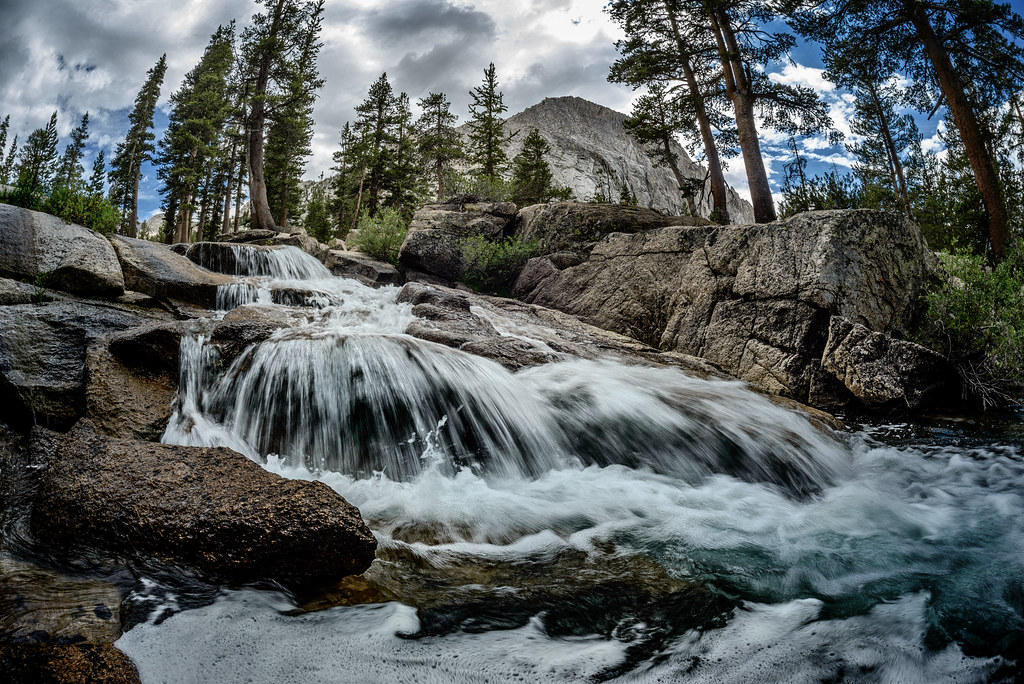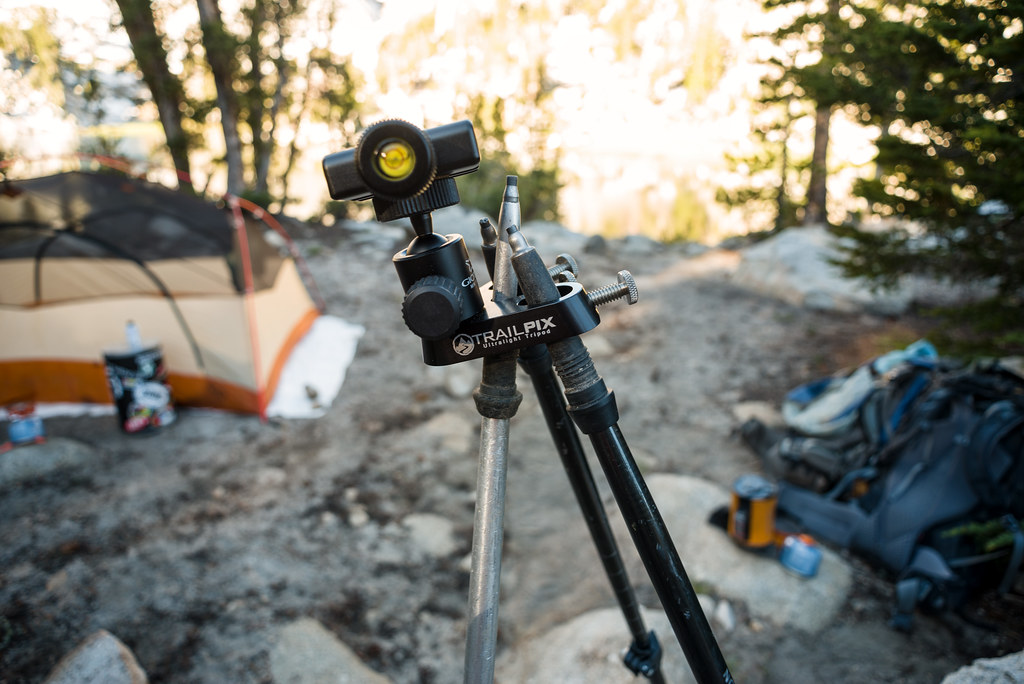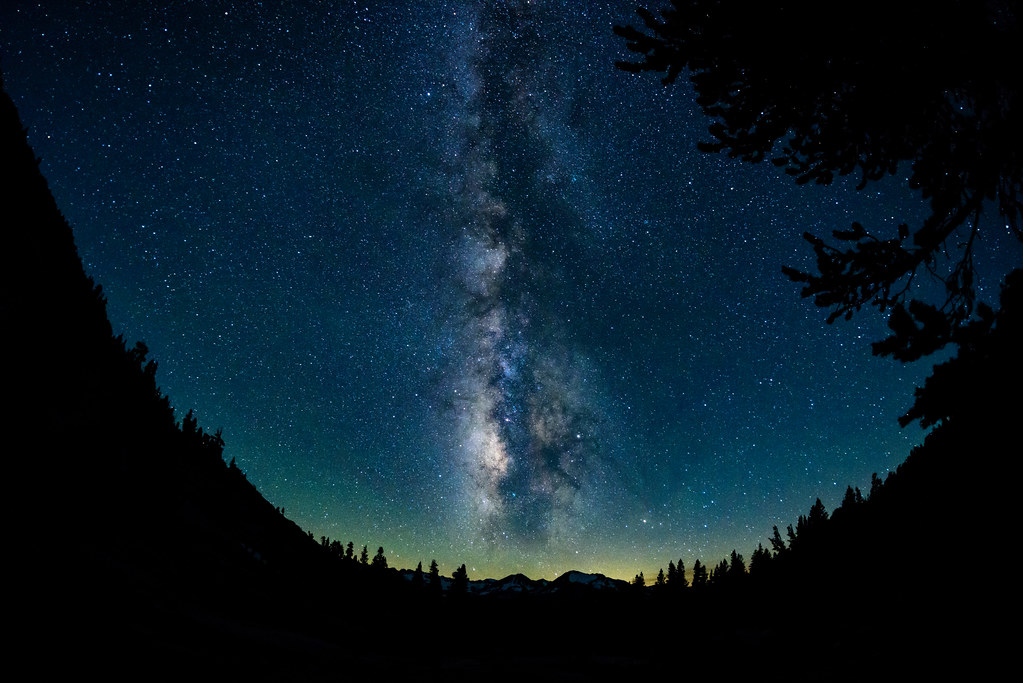No, there is hope!BSquared wrote: So my fundamental question is, are those of us who carry these small, inexpensive cameras (most of us, I'm guessing) simply doomed to produce nothing but mediocre landscape photographs,
The two most important factors in image quality are going to be the quality of the sensor and lens. Larger sensor cameras will (in general) be larger and heavier and have larger and heavier lenses. You will have to decide in which direction you want the quality vs. weight equation to tip.BSquared wrote:So: where should I start? What do you think of the criteria that I put in my first post:Anything I should add? Maybe a large sensor isn't really necessary? (That would sure cut the cost!)
- manual exposure and focus,
good wide-angle capability,
RAW capability, and
large sensor
Lighterweight options:
1. Sony RX100 IV
Sony now has had five iterations of the RX100. Because the RX100 IV (released 2015) is now not the latest version it can be had for a discount when buying used. This is a “fit in your pocket” sized camera but it has RAW, manual mode, 4K video, image stabilization, and an electronic viewfinder. It’s been well reviewed for landscape photos. A 550px.com and Flickr search shows some nice shots. Everything I’ve seen points to this as being an excellent option for landscapes with a 35mm equivalent focal length of 24-70mm. An Ebay search shows completed listings of the camera going for ~$450-$550. You can find the RX100 I and II versions for less, but as thelinked article shows they have some significant downgrades, such as lacking a viewfinder.
The disadvantage of this and other fixed lens cameras is that you had better like the focal length and quality of the lens that the camera comes with because you are not able to swap out lenses.
2. Sony a6000 with 16-50mm (35mm equivalent of 24-75mm) lens
B&H and Adorama both have this NEW for $548 so I would imagine you could get this used for $100-$150 less. This combination originally retailed for $800 but because there have been two new cameras (a6300 and a6500) in this line it is now much cheaper.
Compared to the RX100 IV the image quality of the a6000 *should* be better, but that depends on a few things. You can see a comparison of the a6300 (one generation newer than the a6000) and the RX100 IV here.
The kit lens is not a great lens but I think it still would compare favorably to the rx100. For landscapes you are often bringing up shadows when postprocessing and the a6000 would have an advantage here with it’s better sensor. The real advantage of the a6000 is that it is part of a system. If you ever decide to move up to another E-mount camera you can use any of the lenses you have purchased for the a6000. You can also get far better lenses that the 16-50 kit lens, but they will cost much more money. For example, one of better wide angle zooms for E-mount is the Sony 10-18mm, but it costs $750. However, you would have the option to rent this lens for around$50 per week. But the point is that you have the option of adding more lenses or upgrading to a new camera with same lens mount.
Unlike the RX1000, the a6000 doesn’t have image stabilization and it doesn’t shoot 4K video. For me, not having image stabilization would be a serious consideration. I happen to own a a6300 and the 10-18mm lens and while the a6300 doesn’t have image stabilization, that lens does have it built-in.
3. Olympus OM-D E-M1 with 14-42 mm (35mm equivalent of 28-84mm)
This weighs 1 ounce more than the a6000 but the controls appear to be more user friendly. It is a micro four thirds camera so the aspect ratio of 4:3 is a little more “boxy” that what you get with a 3:2 aspect ratio. It is now a five year old camera and there has been five newer models in the line since this one was released. I see a refurbished copy with the lens onEbay for $420.
By all accounts it is an excellent camera and well suited for landscapes with a lot of nice photos on Flickr and 500px.
One really interesting feature that I don’t think any other manufactures have is a “Live Bulb” mode where you can see in real time (including the histogram) what your long exposure image looks like as you are taking the photo. This video shows LiveTime (simliar to LiveBulb) and how you could use it.
Similar to the Sony a6000, here you are buying into a “system” and can buy/rent new lenses and upgrade to newer versions as wanted.
Heavier and larger camera
1. Canon 60D with 18-200mm (35mm equivalent of 29mm-300) or 10-18mm or 10-22 (35mm equivalent of 16-29mm/16-35mm) or any of hundreds of other available lenses.
This camera has excellent image quality for an APS-C camera. There was one on ebaythat sold yesterday with the Tamron 18-200 for $350.
Both the Canon and Tamron 18-200 have image stabilization. This camera and lens system will be quite a bit larger and heavier than the others mentioned above but it does get you into the Canon ecosystem and all of the lenses that Canon and 3rd parties make. That $350 ebay sale would be less than all of the others above and even though the 18-200 is not a great lens (compared to really good lenses) it likely would have image quality as good if not better than any of the other cameras listed above. The ergonomics will also be better than the others (excepting perhaps the Olympus). There are some very impressive photos on 500pxand Flickr.
I think any of the above would get you where you want to go and all would have image quality much better than what you are getting with the Lumix.
For me a tripod is essential for landscape photography and I take one on every trip. Having said that, I don’t use it unless I have to. If I am shooting at 14 mm and 1/250 second, putting it on a tripod isn’t going to get me a sharper shot or a sharper print. Having to take my backpack off, get out the tripod, set it up exactly to the composition I want, I find that it just gets in the way of the creative process and I don’t do it unless I have to, either because of shutter speed or if I’m going to be focus stacking or blending images (although even in those cases I’ve handheld shots before). Looking over my portfolio I I probably used my tripod on ~80% of the shots. Having said that, I had my tripod with me 100% of my shots.BSquared wrote:Excellent question! I've been wondering about that, too. I just pointed my Lumix DMC-TS10 out the window at a nice glistening pile of rocks (it's mud season here in VT), and it said it wanted to shoot at 1/80 sec, not *nearly* fast enough for a shot at maximum telephoto IMHO.Wandering Daisy wrote:So do you think a small tripod is worth the weight
In your above example of shooting at 1/80, this is where image stabilization could help. It’s pretty amazing what stabilization can get you. I know that I could hand hold my 70-200 at 200mm and 1/80 and get a tack sharp image with stabilization turned on. Now, I would make sure to use good technique when taking the shot and take a handful of frames too. Even down to 1/30 of a second I bet I could get a keeper if taking a handful of shots.
And there are some shots I just would have missed if I wasn’t able to handhold the shot. This one was taken right off the highway along the Icefields Parkway in Alberta. We pulled over and I jumped out and got off a couple of frames (200 mm and 1/160) before the light died and the scene went flat. The light didn’t come back over the next 15 minutes when we had to leave and I would have missed the shot if I would have first tried to set up my tripod expecting the light to stay around.
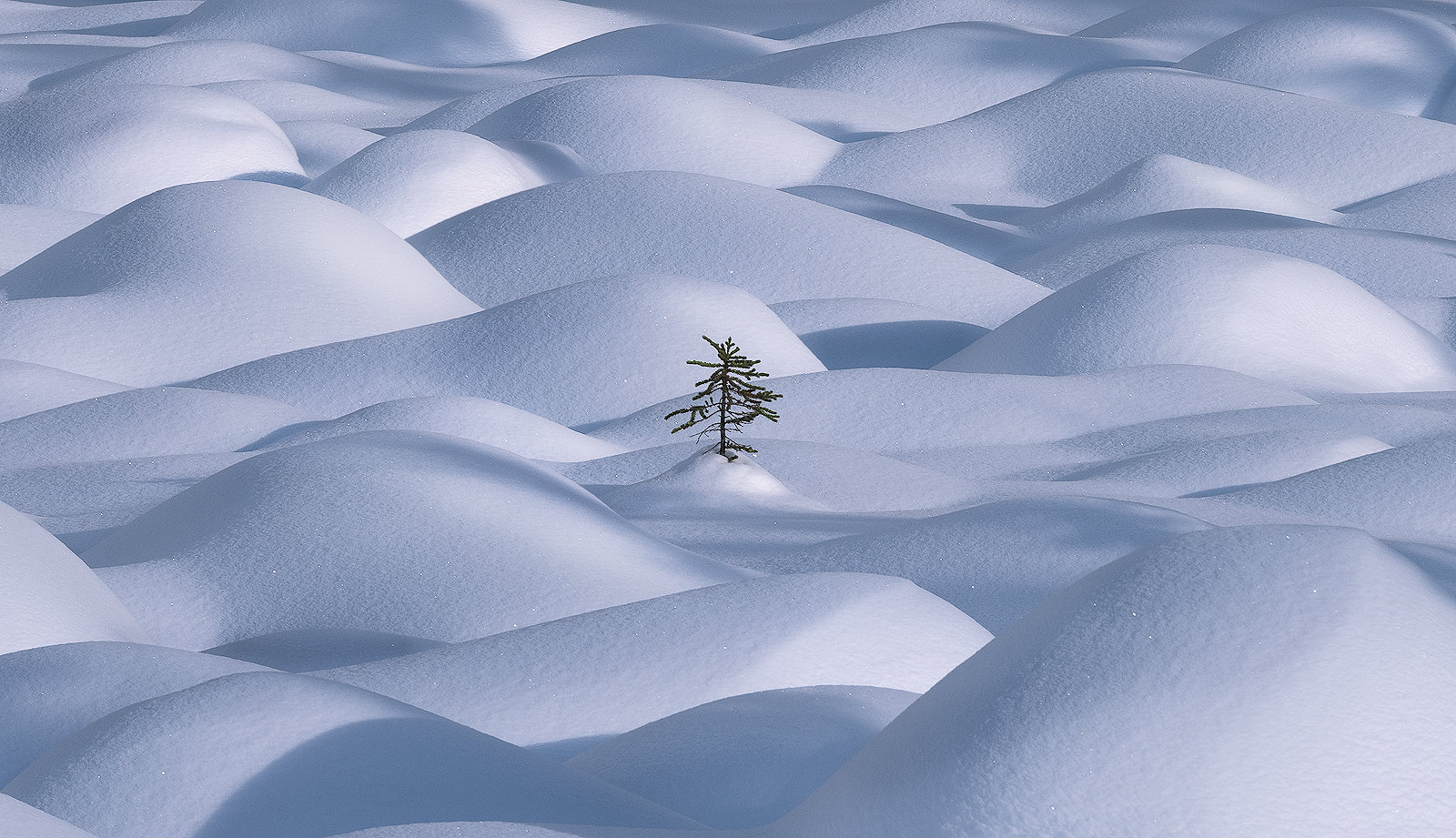 One by David Young, on Flickr
One by David Young, on FlickrThis one was taken at the Eureka sand dunes. I did have time to set up my tripod if I wanted to, but I didn’t as I was shooting both this scene directly in front of me and another one to my right and I was quickly going back and forth between the two as the light was constantly changing and the people on the dunes were moving, so a tripod would have just gotten in the way.
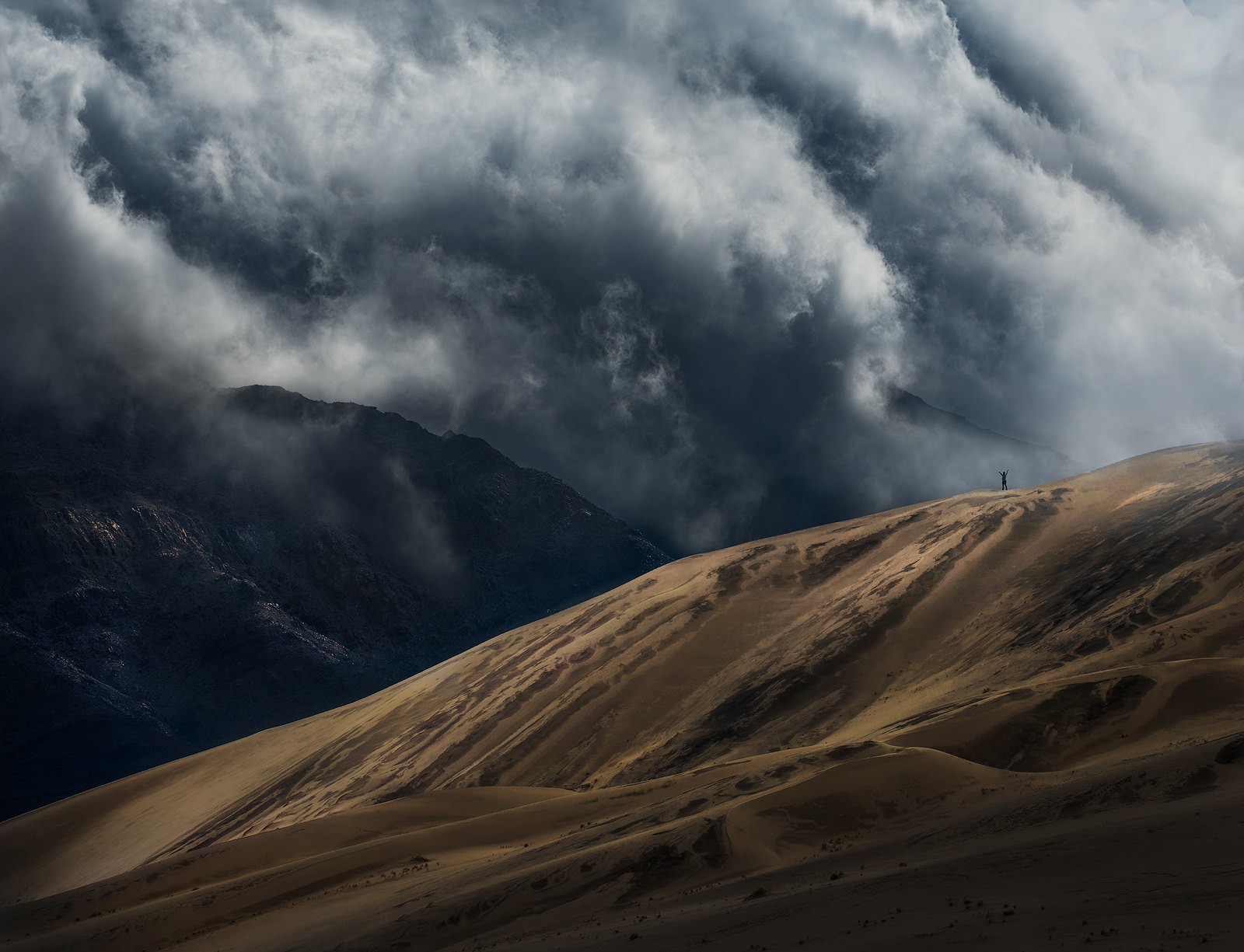 Rain Dance by David Young, on Flickr
Rain Dance by David Young, on FlickrAnyways, while l 100% recommend getting a tripod I would also suggest you don’t feel like you have to use it 100% of the time. I’ve been shooting where I’ve seen someone walk up to a spot and before even looking at compositions they just start pulling out their tripod and extending the legs without even knowing what their shot is. Maybe they needed it, maybe they didn’t but scouting your composition and exposure first is always a good idea.
Good luck with your camera search. It will be fun to see what you choose and the photos you get with it.

